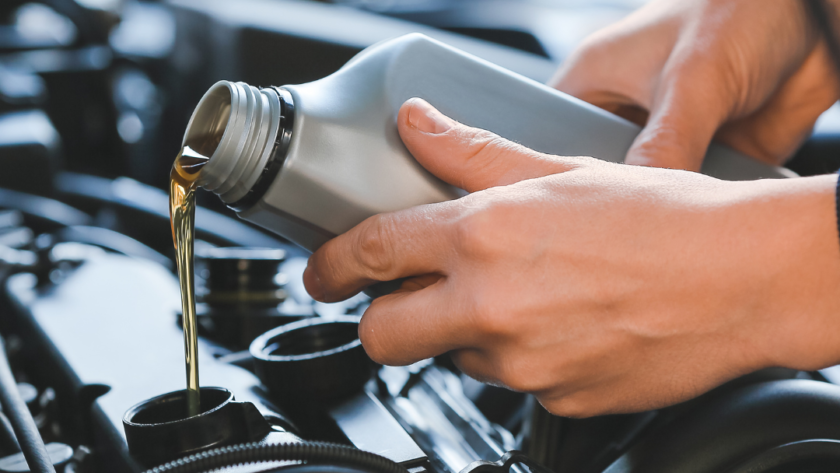Introduction
Your vehicle’s engine is a finely tuned machine, and regular maintenance is crucial to keep it running smoothly. One often overlooked yet vital component is the oil pan gasket. This unassuming part plays a significant role in preventing oil leaks and maintaining optimal engine performance. In this guide, we’ll explore the importance of the oil pan gasket and provide step-by-step instructions for its replacement.
Understanding the Oil Pan Gasket
The oil pan gasket replacement cost is a thin material that seals the gap between the engine block and the oil pan. Its primary function is to prevent oil from leaking out and contaminants from entering the engine. Over time, due to exposure to heat, pressure, and constant engine vibrations, the gasket can wear out, leading to oil leaks. Timely replacement of the oil pan gasket is essential to avoid potential engine damage and costly repairs.
Signs of a Failing Oil Pan Gasket
- Visible Oil Leaks: One of the most apparent signs of a failing oil pan gasket is the presence of oil puddles or spots under your parked vehicle.
- Low Oil Levels: Regularly check your engine oil levels. If you notice a consistent drop without an apparent reason, it may indicate an oil leak caused by a damaged gasket.
- Burning Smell: A leaking oil pan gasket can result in oil dripping onto hot engine components, producing a distinct burning smell.
- Engine Overheating: In extreme cases, oil leaks can lead to insufficient lubrication, causing the engine to overheat. If you observe your temperature gauge consistently in the red zone, it’s time to inspect the oil pan gasket.
Tools and Materials You’ll Need
Before embarking on the oil pan gasket replacement journey, gather the following tools and materials:
- Jack and jack stands
- Wrench set
- Oil drain pan
- Gasket scraper
- New oil pan gasket
- Torque wrench
- Socket set
- Ratchet
Step-by-Step Replacement Process
Prepare Your Vehicle: Ensure the car is on a level surface, engage the parking brake, and use a jack to lift the front of the vehicle. Place jack stands for added safety.
Drain the Oil: Position an oil drain pan beneath the oil pan and use a wrench to remove the drain plug. Allow the oil to drain completely.
Remove the Oil Pan: Use a socket set to loosen and remove the bolts securing the oil pan. Once detached, carefully lower the pan, allowing any remaining oil to drain into the oil pan.
Clean the Surface: Use a gasket scraper to remove the old gasket material from both the engine block and the oil pan. Ensure a clean, smooth surface for the new gasket.
Install the New Gasket: Carefully position the new oil pan gasket on the engine block, ensuring it aligns with the bolt holes. Place the oil pan on top of the gasket, securing it in place.
Tighten Bolts to Specifications: Use a torque wrench to tighten the oil pan bolts to the specifications outlined in your vehicle’s manual. Tightening in a crisscross pattern ensures even pressure on the gasket.
Refill with Oil: Once the oil pan is securely in place, refill the engine with the appropriate amount and type of oil.
Check for Leaks: Start the engine and closely monitor for any signs of leaks. If none are detected, turn off the engine and check the oil level again.
Dispose of Old Oil Properly: Take the used oil to a recycling center or an auto parts store that accepts used oil for proper disposal.
Conclusion
Regular maintenance, including the timely replacement of components like the oil pan gasket, is key to prolonging the life of your vehicle’s engine. By following these step-by-step instructions and being vigilant for signs of a failing gasket, you can ensure your engine stays healthy and oil leaks become a thing of the past. Remember, a little preventive maintenance goes a long way in preserving the performance and longevity of your vehicle.



